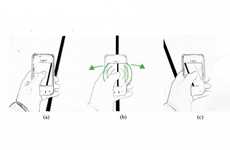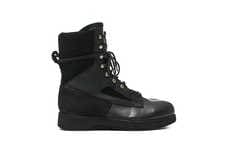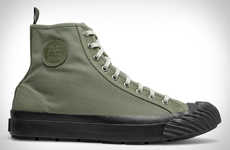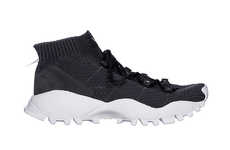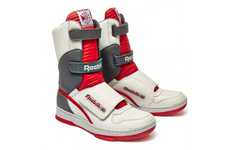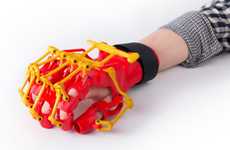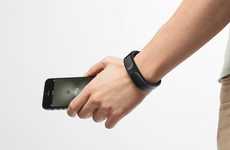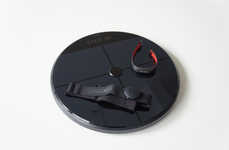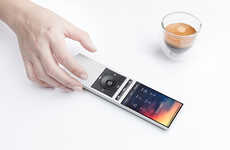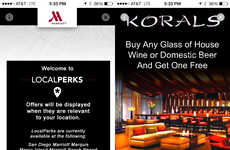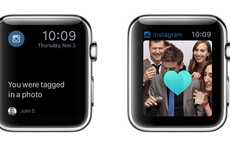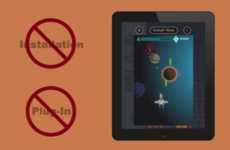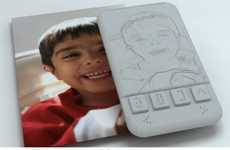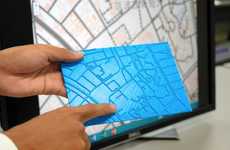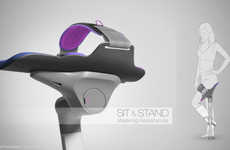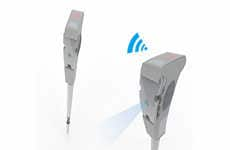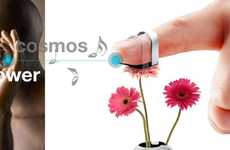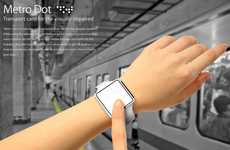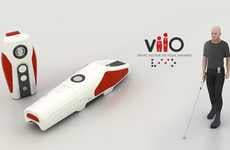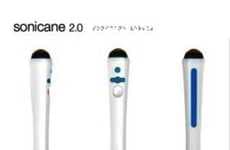



Technology advances to offer easier navigation for the visually impaired
Implications - Navigation for the visually impaired is dramatically improving with the introduction of smart technology. More specifically, technology is being implemented to anticipate and forewarn users about obstacles and obstructions that are typically unaccounted for by traditional navigational products. These innovations reflect a consumer demand for more exhaustive methods that guarantee ease and simplicity in the lifestyles of those living with disabilities.
Trend Themes
1. Smartphone Wayfinding Apps - Developers can innovate designs for mobile apps capable of providing reliable navigation services for visually impaired individuals.
2. Wearable Navigation Technology - The use of technological wearables like headsets and vibrating boots creates innovative avenues for the development of tactile guides for guiding visually impaired individuals.
3. Obstacle Detection - There is a need for more hi-tech features that offer efficient object detection and scanning of the environment to provide an alert in order to avoid obstacles.
Industry Implications
1. Mobile Technology - Mobile technology is at the forefront of technological innovation, and developers can leverage smartphone devices to create obstacle detection and wayfinding apps fitted for visually impaired people.
2. Wearable Technology - Wearable technology presents an excellent opportunity for the design of navigation aids for visually impaired individuals by providing more efficient and tactile guides for navigation and obstacle avoidance.
3. Assistive Technology - Assistive technology, in general, has a lot of untapped potentials that innovators can explore to provide beneficial technologies to people living with disabilities.


